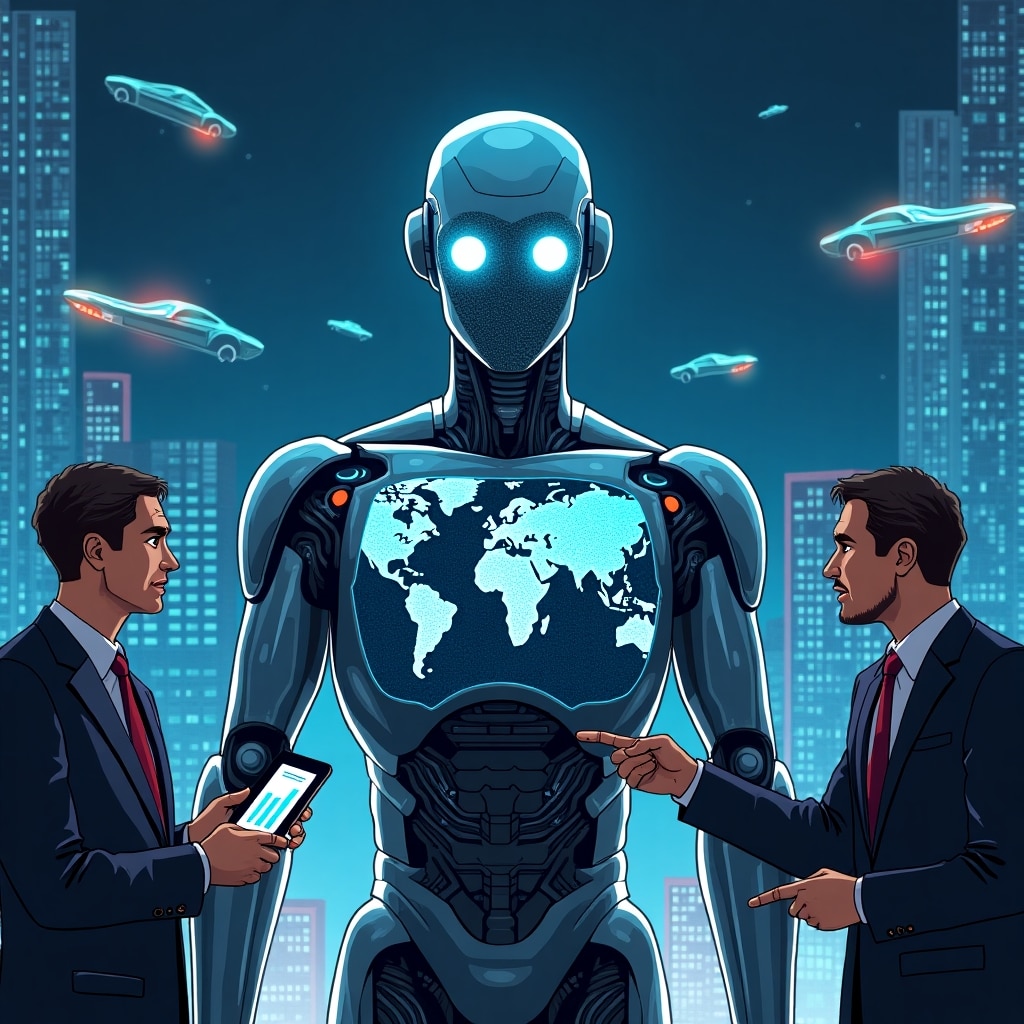Introduction: The Next Leap in Artificial Intelligence
The year 2025 marks a turning point for artificial intelligence. While AI chatbots, automation tools, and virtual assistants are now commonplace, a new generation of technology — autonomous AI agents — is emerging.
Unlike traditional AI systems that rely on human input for each task, autonomous agents can make decisions, plan strategies, and execute actions independently. They represent the next frontier of digital transformation. Yet, despite their enormous potential, most businesses are far from ready to harness their full power.
What Exactly Are Autonomous AI Agents?
Autonomous AI agents are self-directed programs designed to complete multi-step objectives without constant human supervision.
For example:
- A sales AI agent could identify leads, send emails, and schedule follow-ups automatically.
- A logistics agent could manage inventory, reroute shipments, and negotiate with suppliers based on live data.
- A software development agent could write, debug, and deploy code — all while learning from past performance.
In short, these agents combine AI reasoning, automation, and adaptability to operate like digital employees capable of independent judgment.
Why Businesses Are Excited About AI Agents
Companies see massive promise in adopting autonomous AI agents because they can:
- Cut operational costs by reducing repetitive manual work
- Accelerate productivity by running 24/7 without downtime
- Enhance decision-making through real-time data analysis
- Enable scalability without proportional increases in workforce
Tech giants like OpenAI, Google DeepMind, and Anthropic are already experimenting with AI agents that can analyze markets, draft marketing strategies, and even coordinate workflows between teams.
The Readiness Gap: Why Businesses Aren’t Prepared Yet
Despite the excitement, a major adoption gap remains. Most organizations are struggling to transition from AI assistants to truly autonomous systems. Here’s why:
1. Lack of Infrastructure
AI agents require robust data ecosystems, real-time analytics, and integration with multiple software tools. Many companies still operate with outdated legacy systems that can’t support this level of connectivity.
2. Data Privacy and Compliance Risks
Autonomous agents process sensitive data — customer records, financial transactions, and proprietary information. Without proper security frameworks, they pose serious data leakage and compliance risks.
3. Organizational Resistance
Employees and leaders often fear loss of control. Trusting an AI to make decisions autonomously challenges long-held management norms, leading to resistance from within.
4. Incomplete AI Governance
Most businesses lack a clear AI policy framework — defining accountability, transparency, and auditability. This makes it risky to deploy autonomous systems at scale.
5. Ethical and Decision-Making Challenges
Autonomous AI agents make choices based on patterns and probabilities, not human ethics. In high-stakes domains like finance, healthcare, or law, this raises ethical and liability concerns.
Real-World Example: When AI Agents Outpace Readiness
In early 2025, several startups tested multi-agent collaboration systems to automate customer onboarding and billing. While the agents performed tasks efficiently, unforeseen issues arose — from billing errors to unauthorized database access.
The lesson? Autonomy without oversight can lead to chaos. Businesses need better supervision mechanisms and fail-safes before granting AI full operational freedom.
Bridging the Gap: How Companies Can Prepare
To responsibly adopt autonomous AI agents, organizations must take a strategic approach:
- Upgrade Digital Infrastructure – Build data pipelines and secure APIs for smooth AI integration.
- Establish Governance Frameworks – Define ethical boundaries, decision rules, and accountability.
- Start with Controlled Autonomy – Deploy agents in low-risk, repetitive workflows first.
- Prioritize Transparency – Implement monitoring tools that log AI decision-making for review.
- Train the Workforce – Upskill employees to collaborate effectively with autonomous systems.
These steps will help businesses transition from basic automation to safe, scalable autonomy.
The Road Ahead: Balancing Autonomy with Accountability
Autonomous AI agents are not a passing trend — they are the foundation of the next digital revolution. However, as with any powerful technology, readiness matters more than speed.
The businesses that succeed in the coming years won’t just deploy AI agents — they’ll build frameworks that balance autonomy, oversight, and trust. Those who rush in unprepared risk data breaches, reputational damage, and operational chaos.
The future belongs to organizations that understand both the potential and the responsibility of true AI independence.
Related Reading
- Best Wireless Gaming Headsets for Immersive Gameplay in 2025.
- Inside n8n: The No-Code Powerhouse Transforming AI Workflows.
- How n8n Is Revolutionizing AI Automation Workflows in 2025.
FAQs
1. What industries will benefit most from autonomous AI agents?
Sectors like finance, logistics, customer support, and software development are leading adopters due to repetitive and data-driven workflows.
2. How are autonomous agents different from AI chatbots?
Chatbots respond to prompts, while autonomous agents plan and execute tasks without continuous input.
3. Are autonomous AI agents safe to use today?
Only in limited, supervised environments. Full autonomy requires strong safeguards and governance.
4. Can small businesses use autonomous AI?
Yes, but they should start small — using low-risk automation tools before scaling to autonomous systems.
5. What’s the biggest challenge to adoption?
Trust and governance — companies must ensure that AI decisions align with business values and compliance rules.




